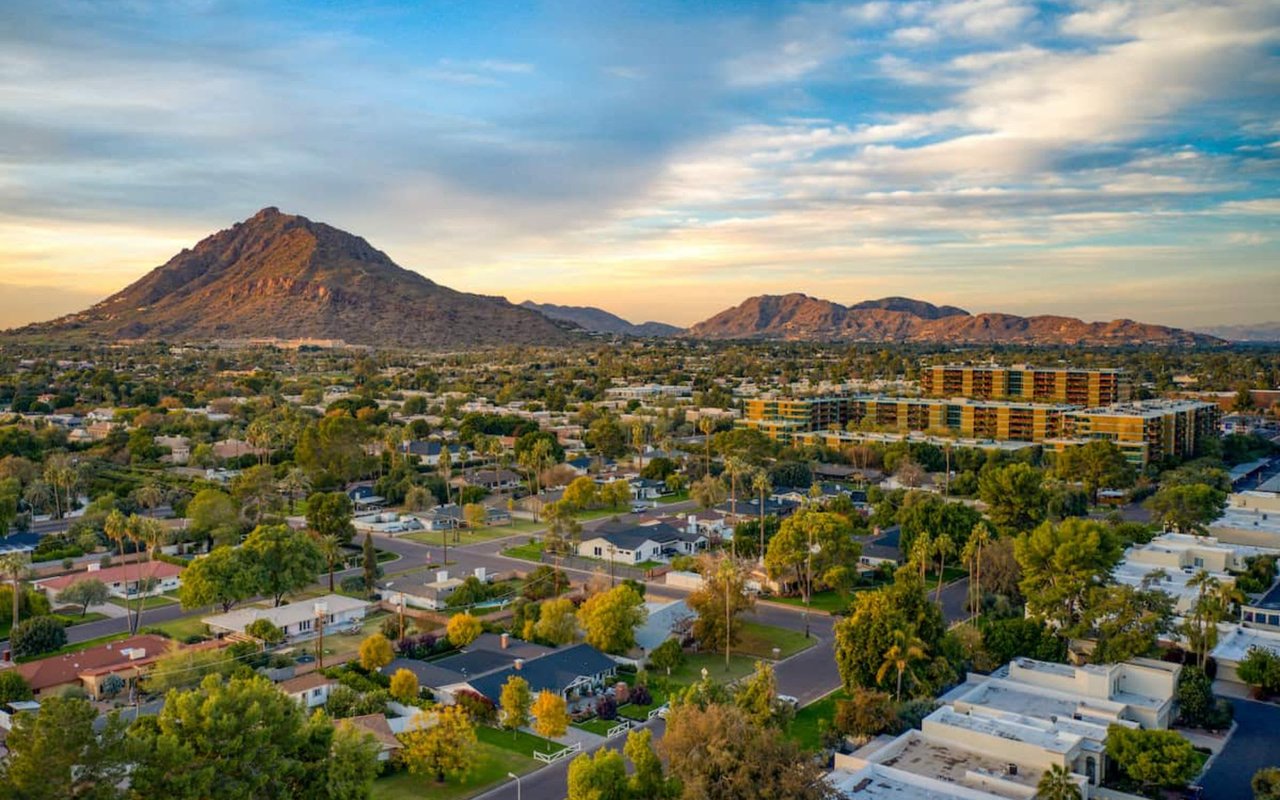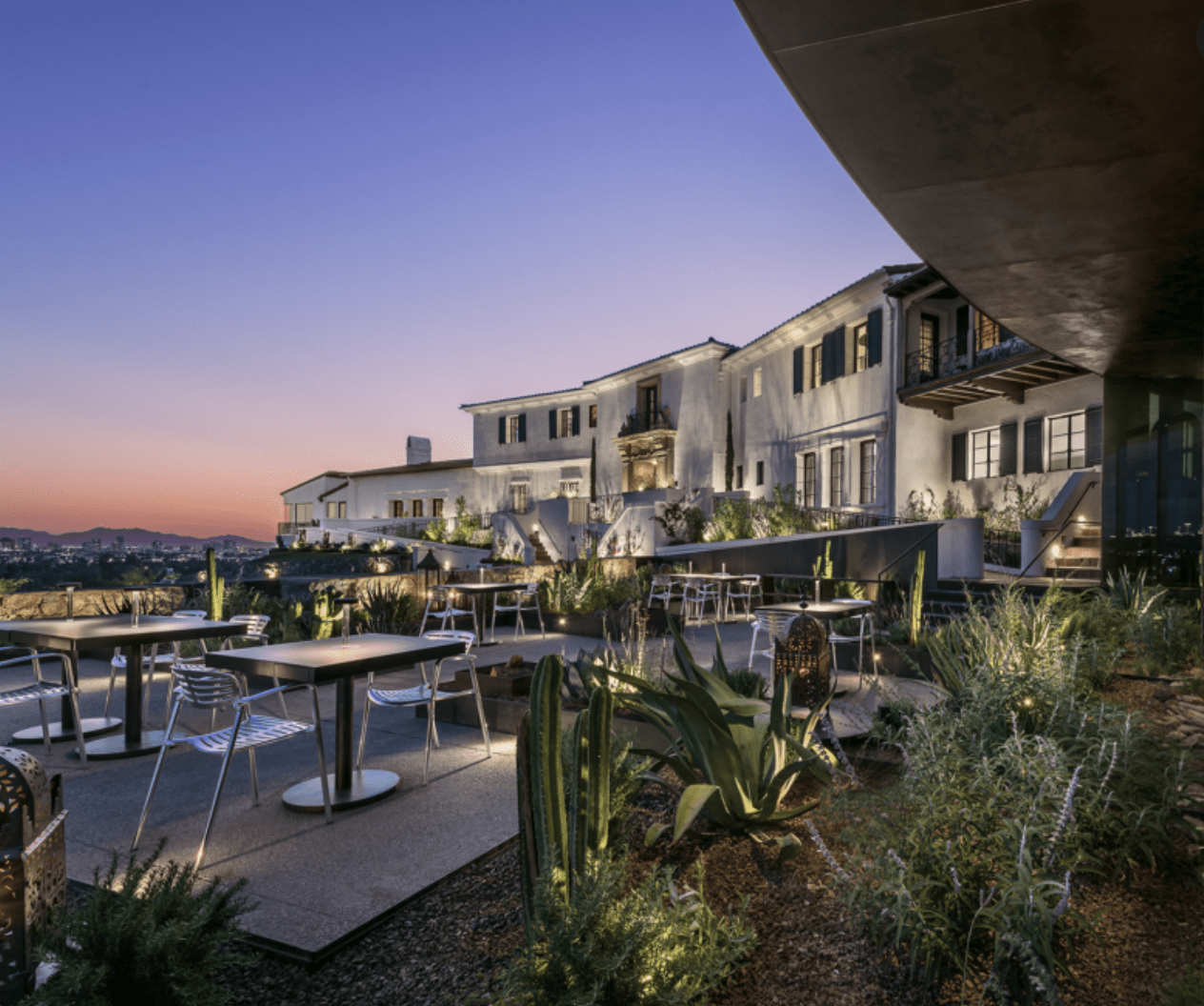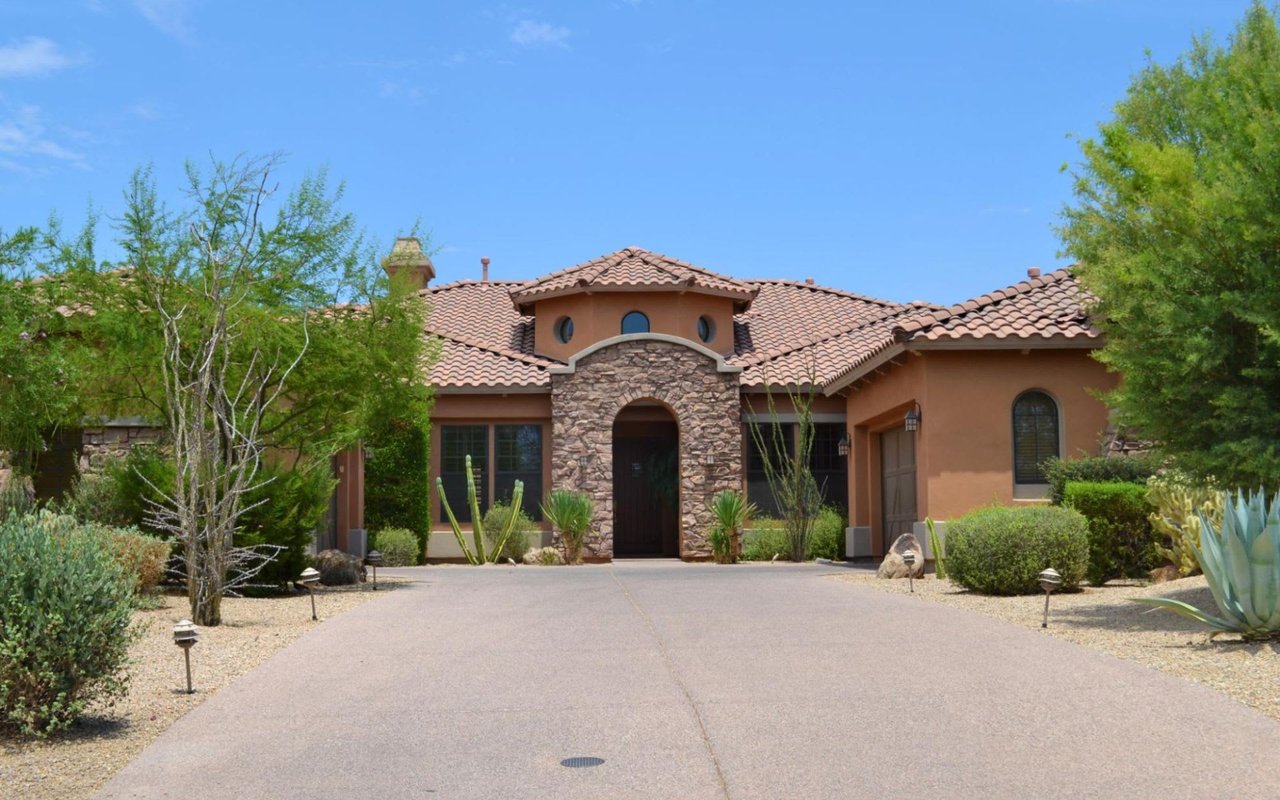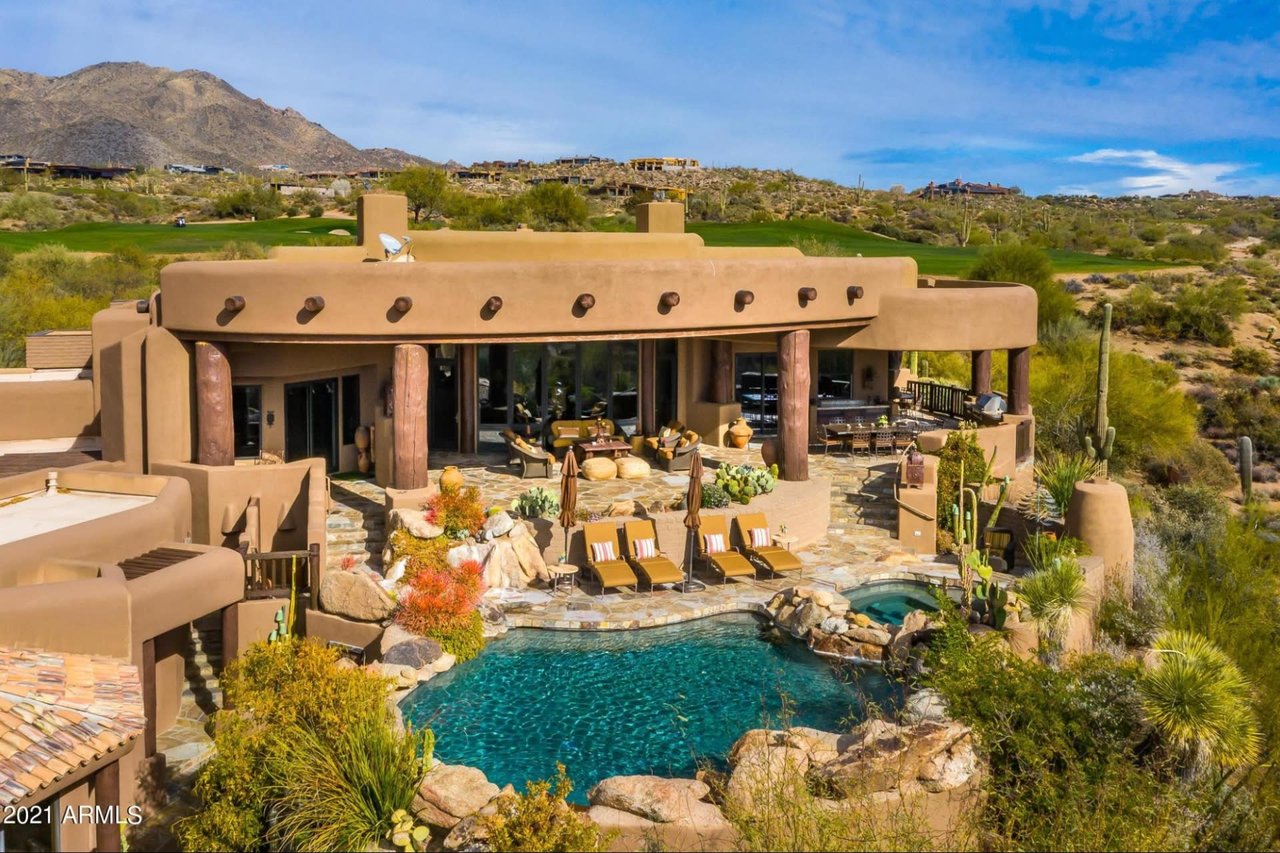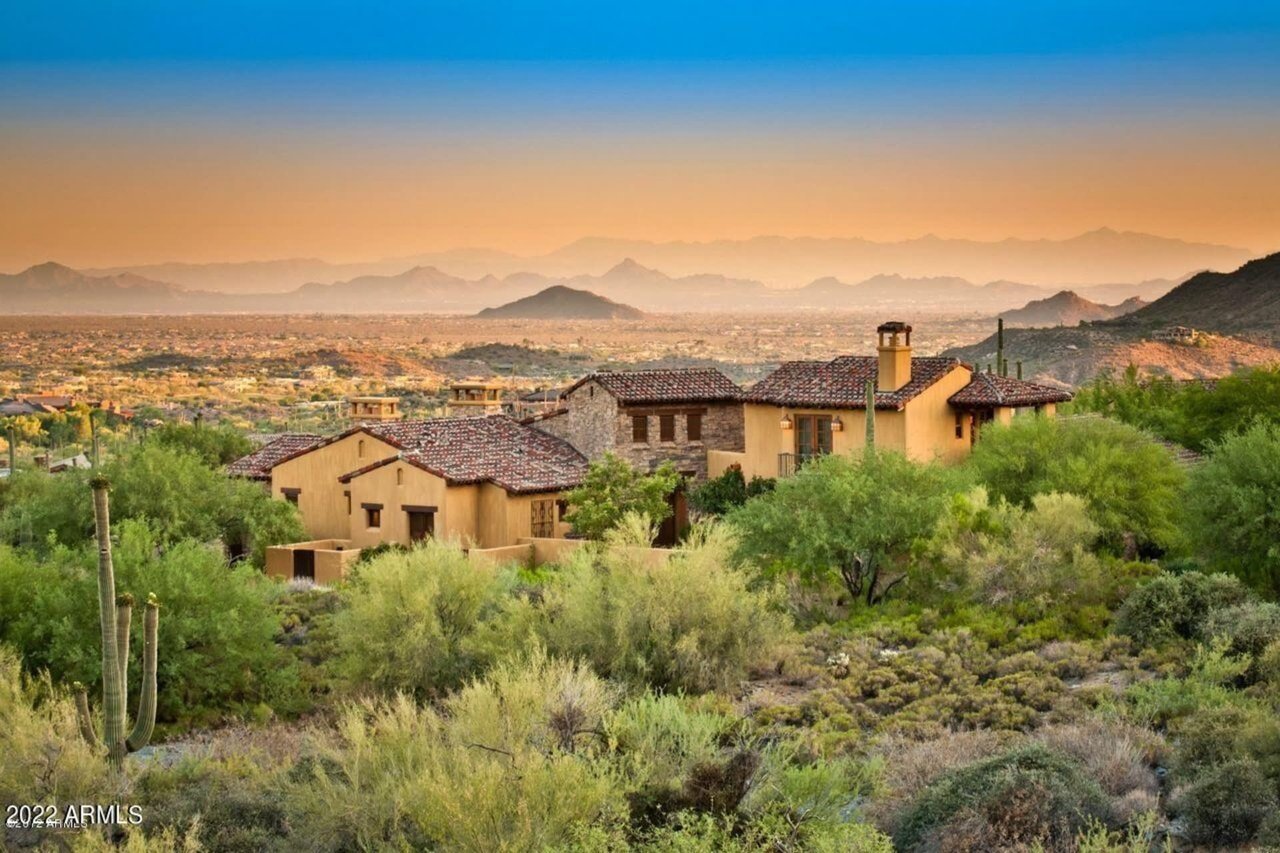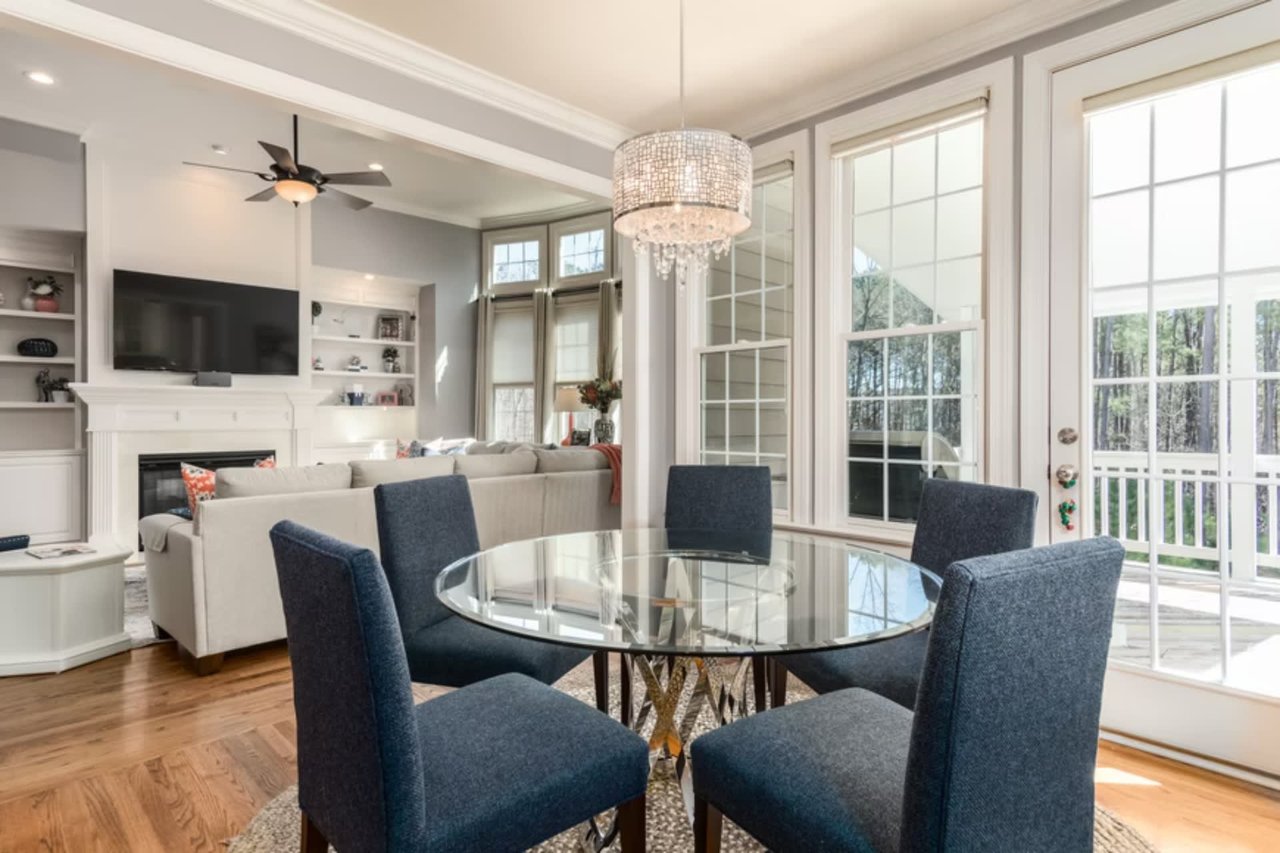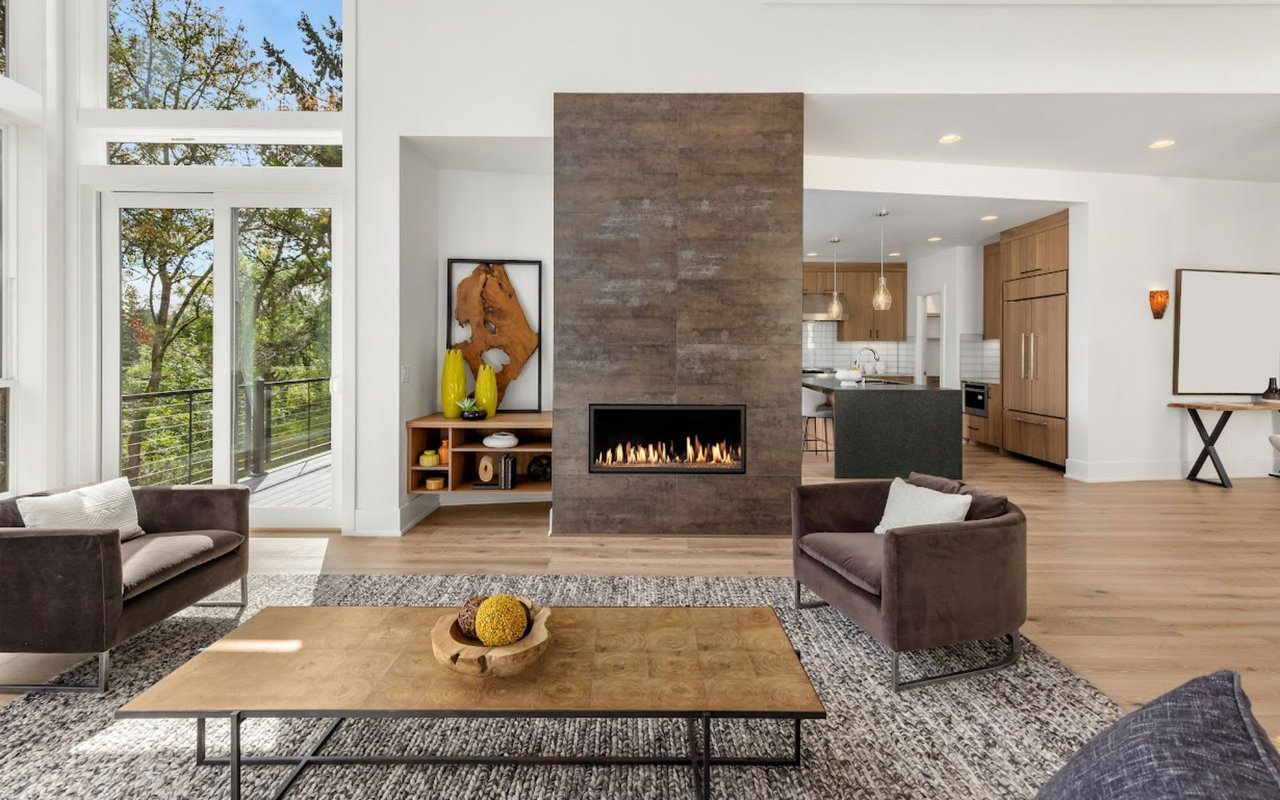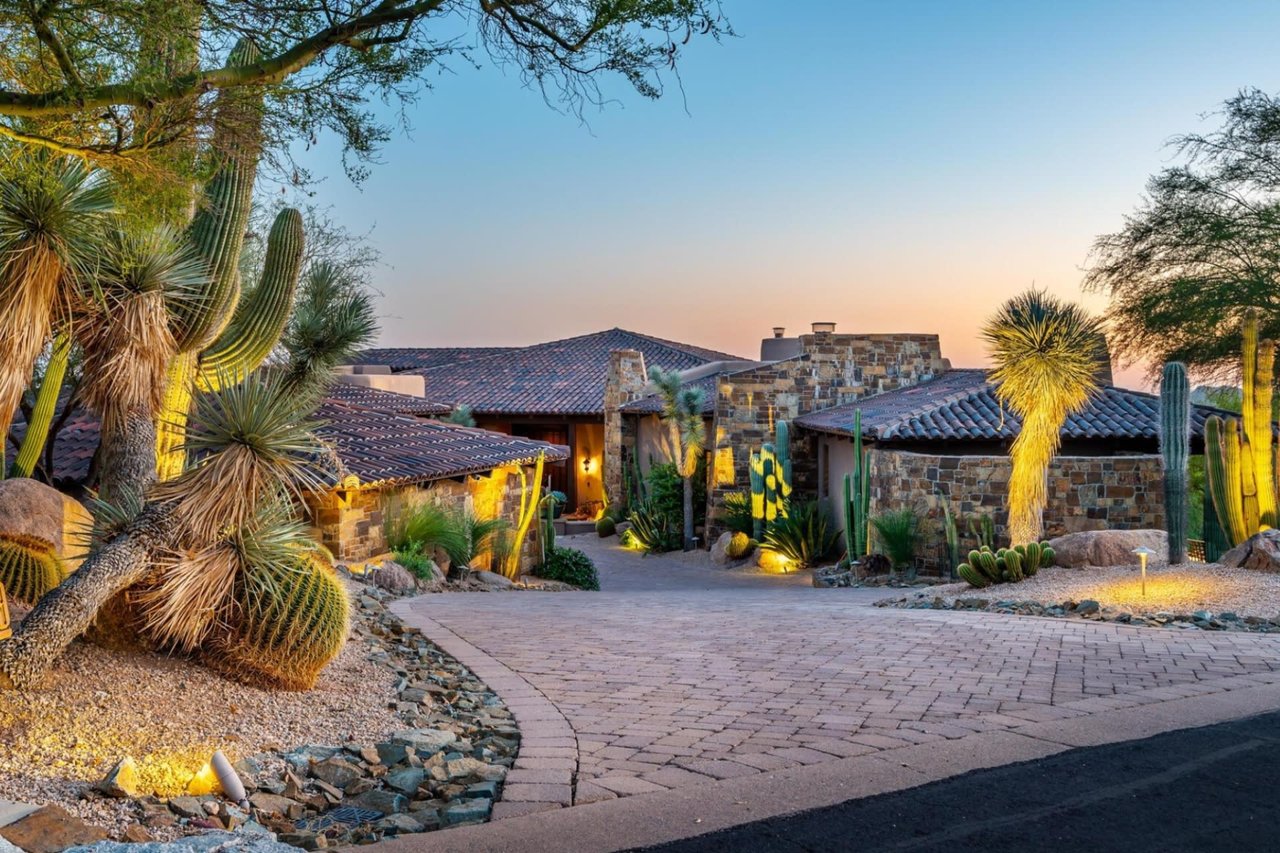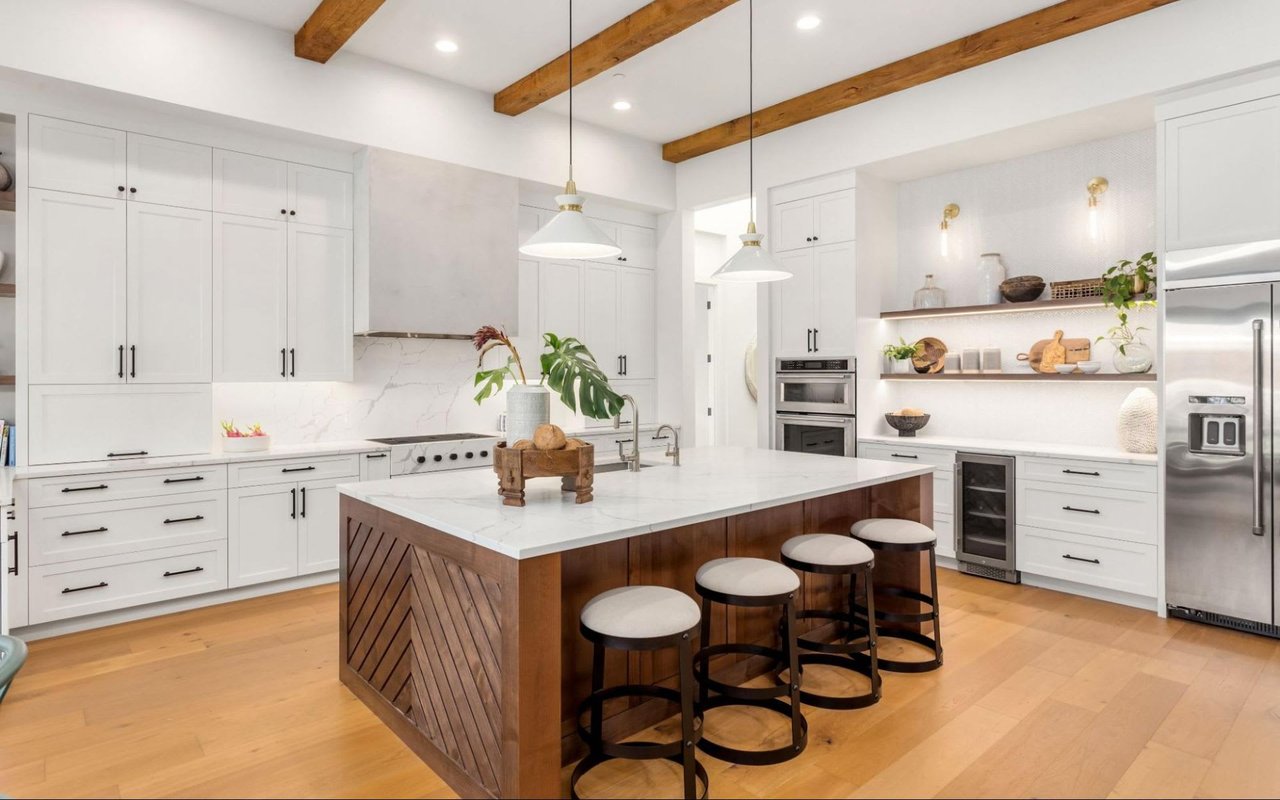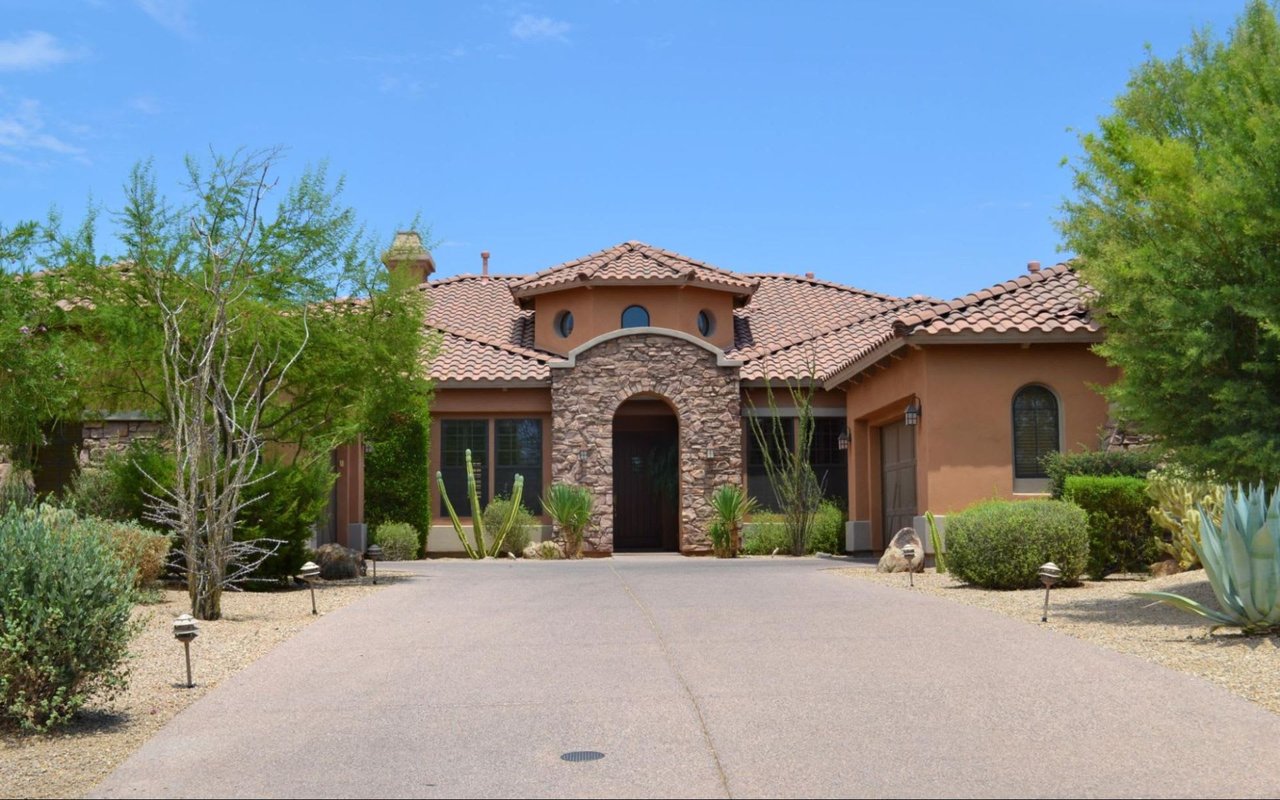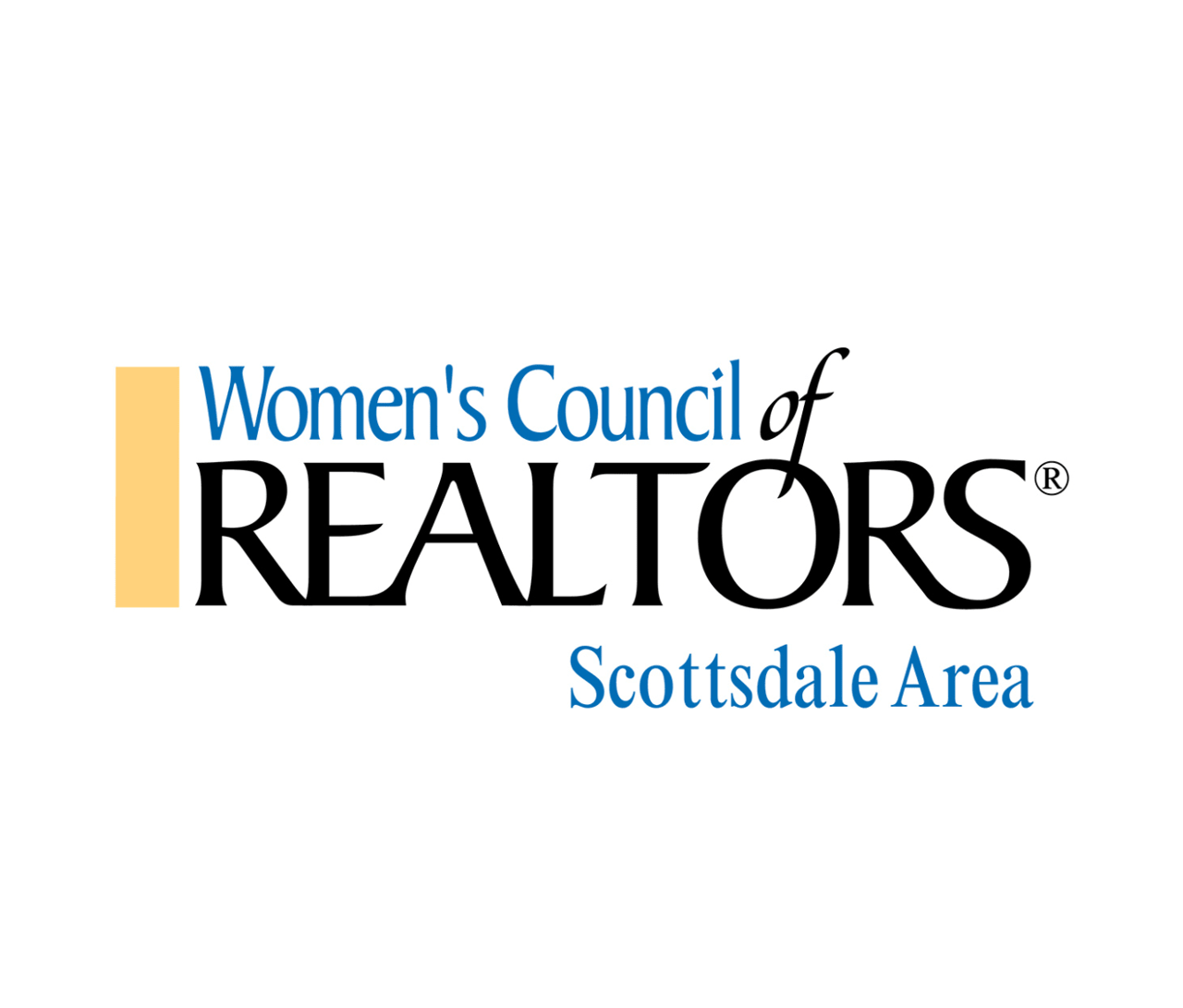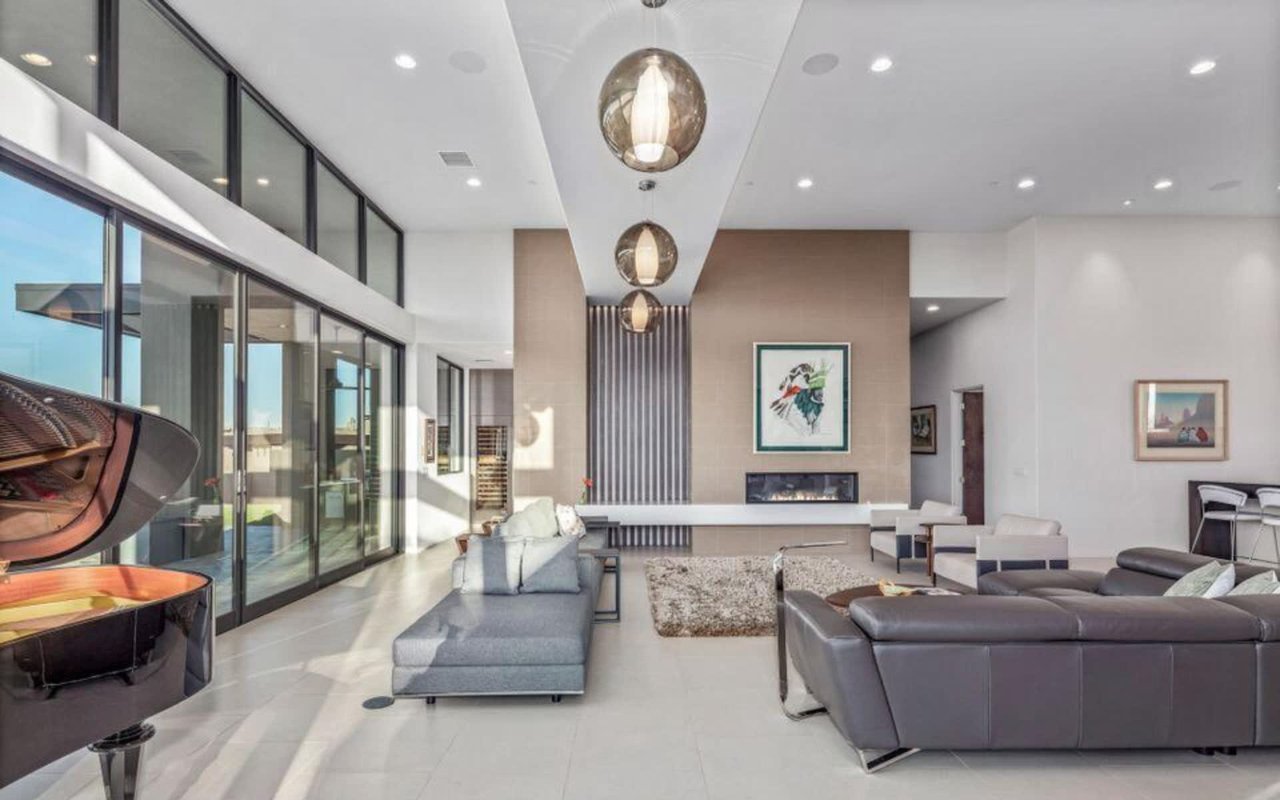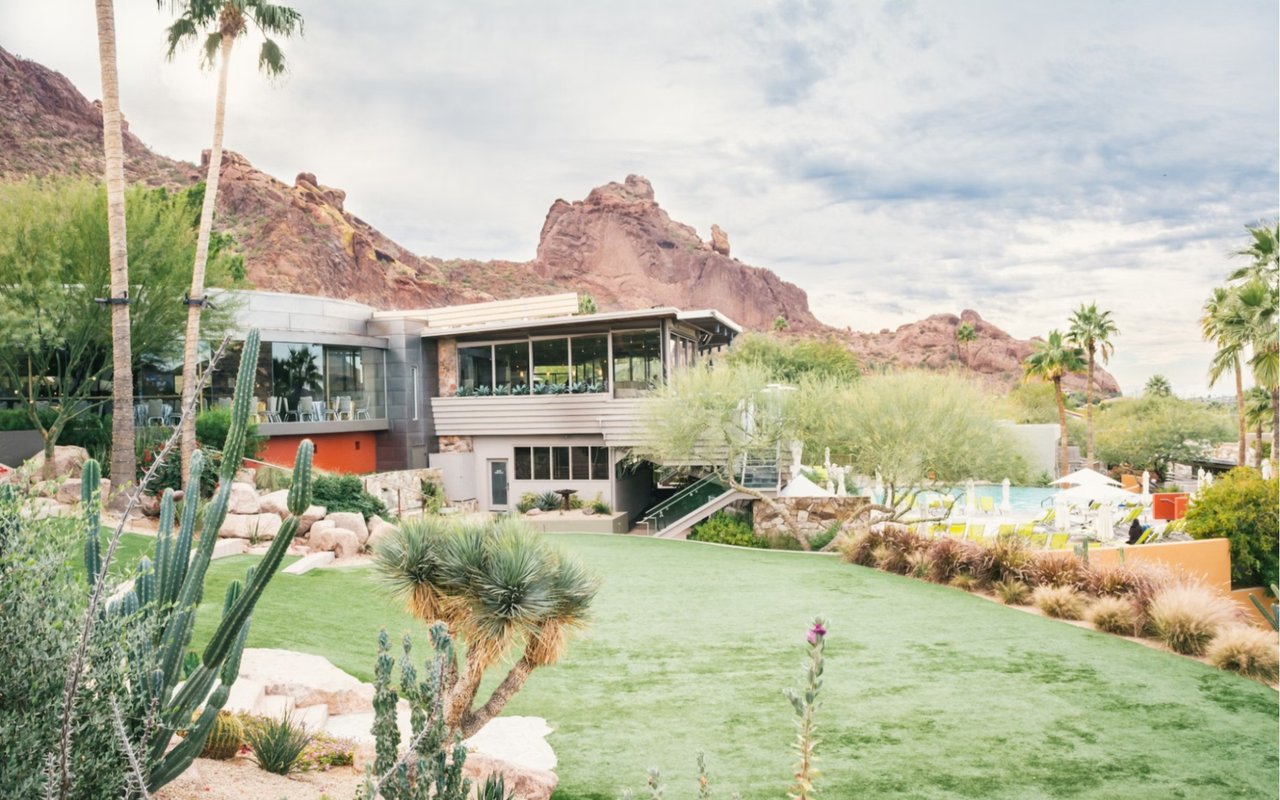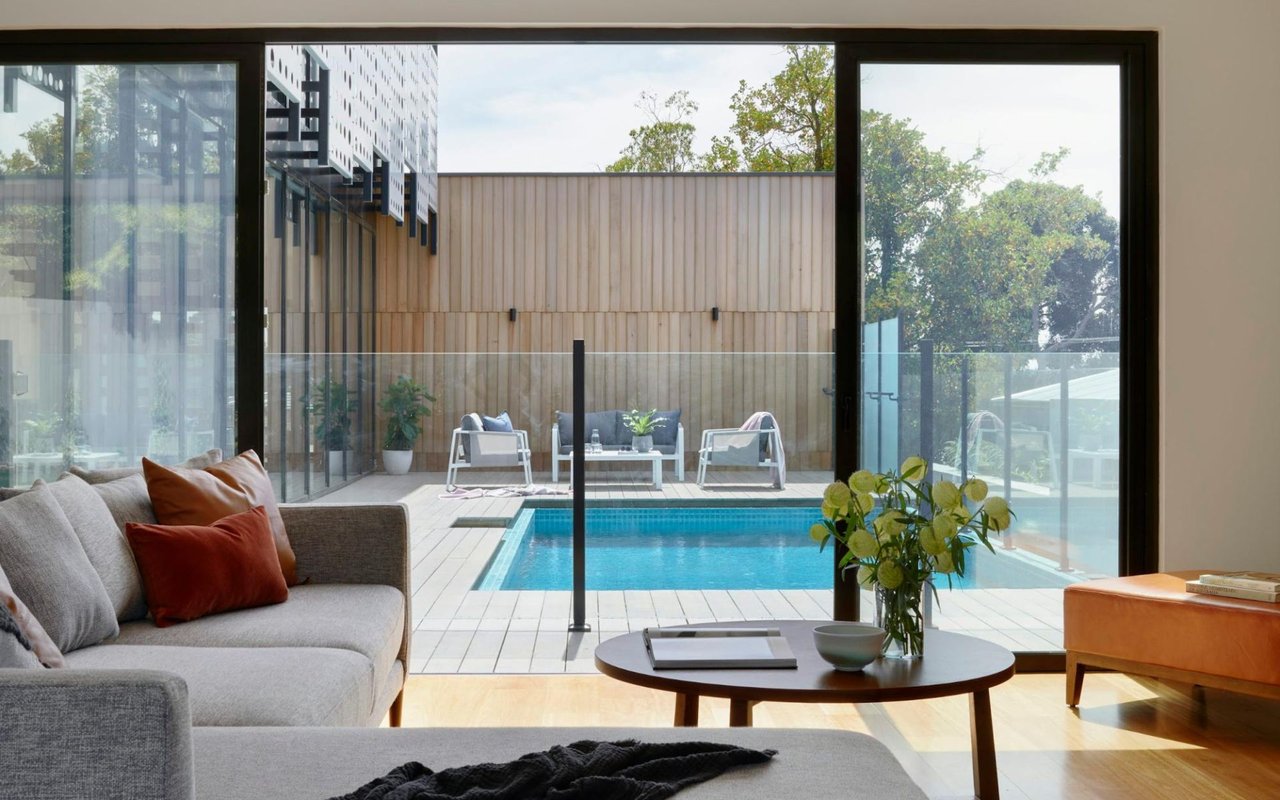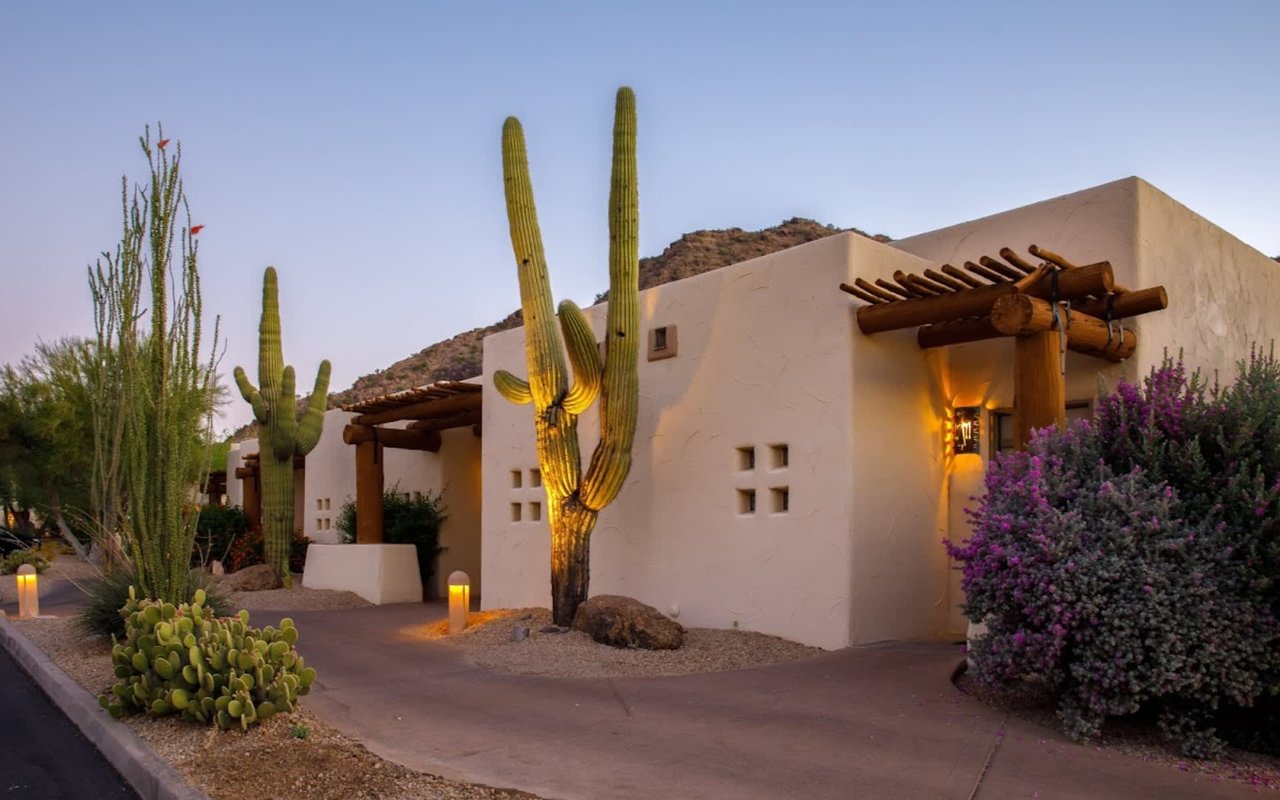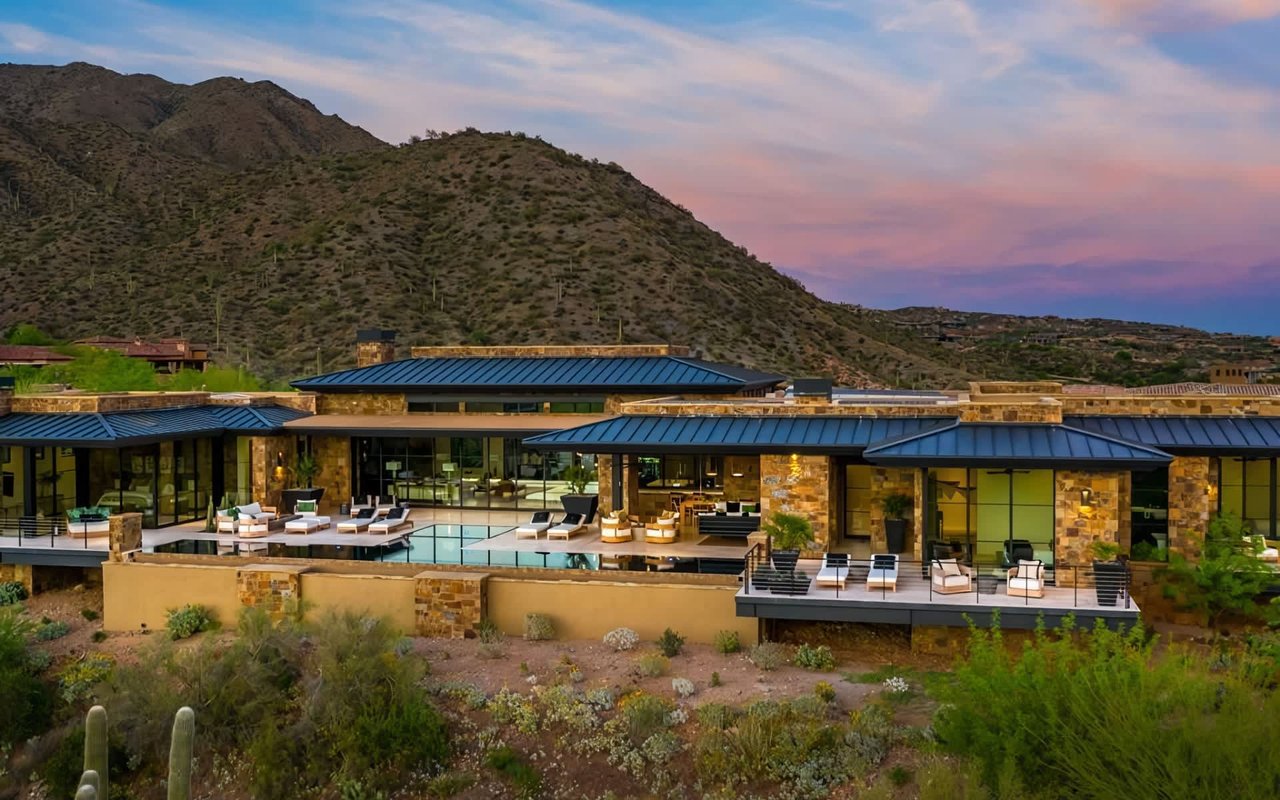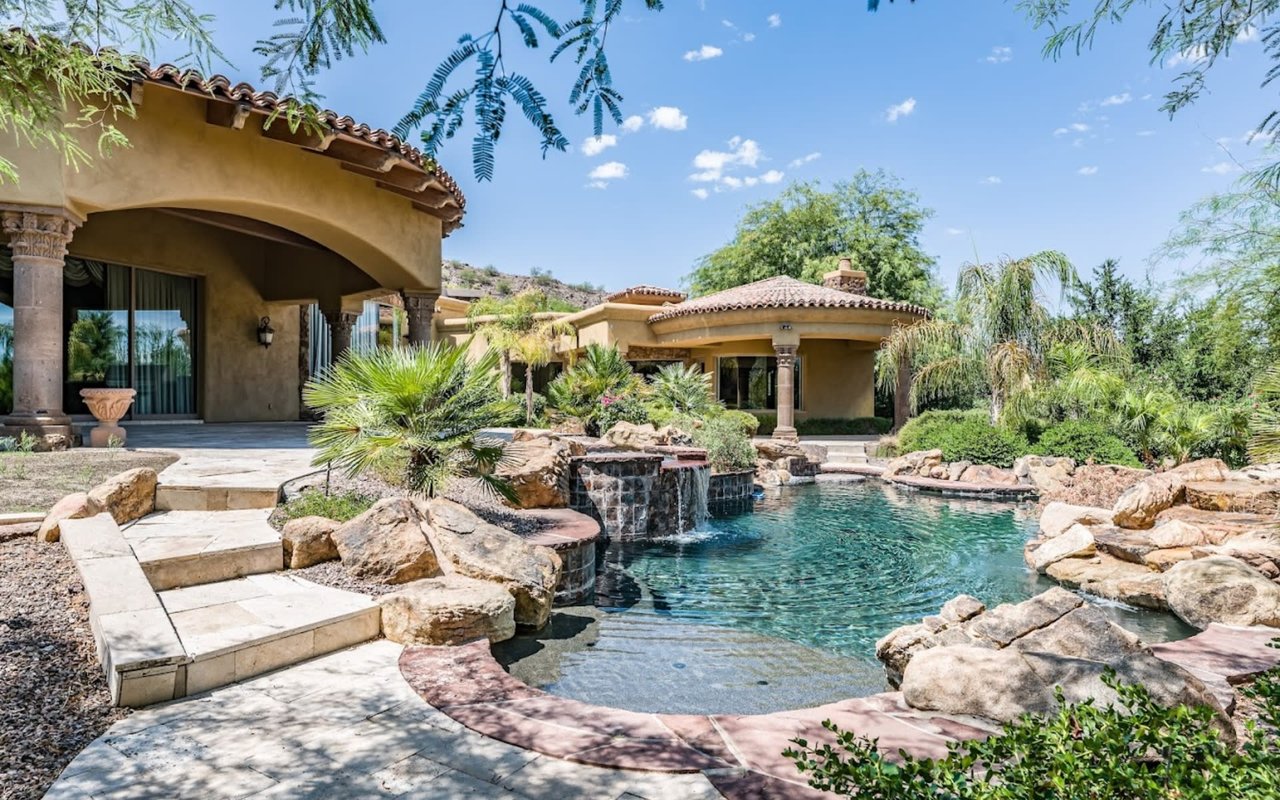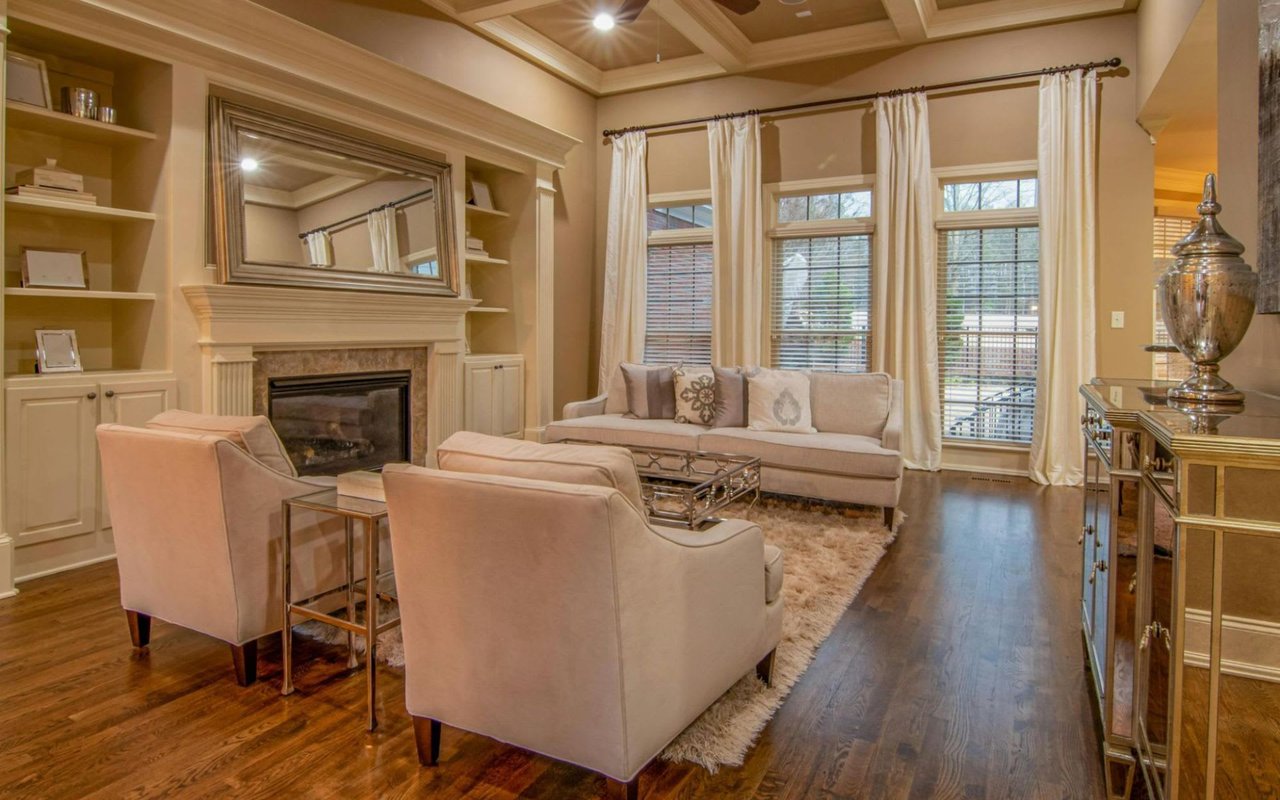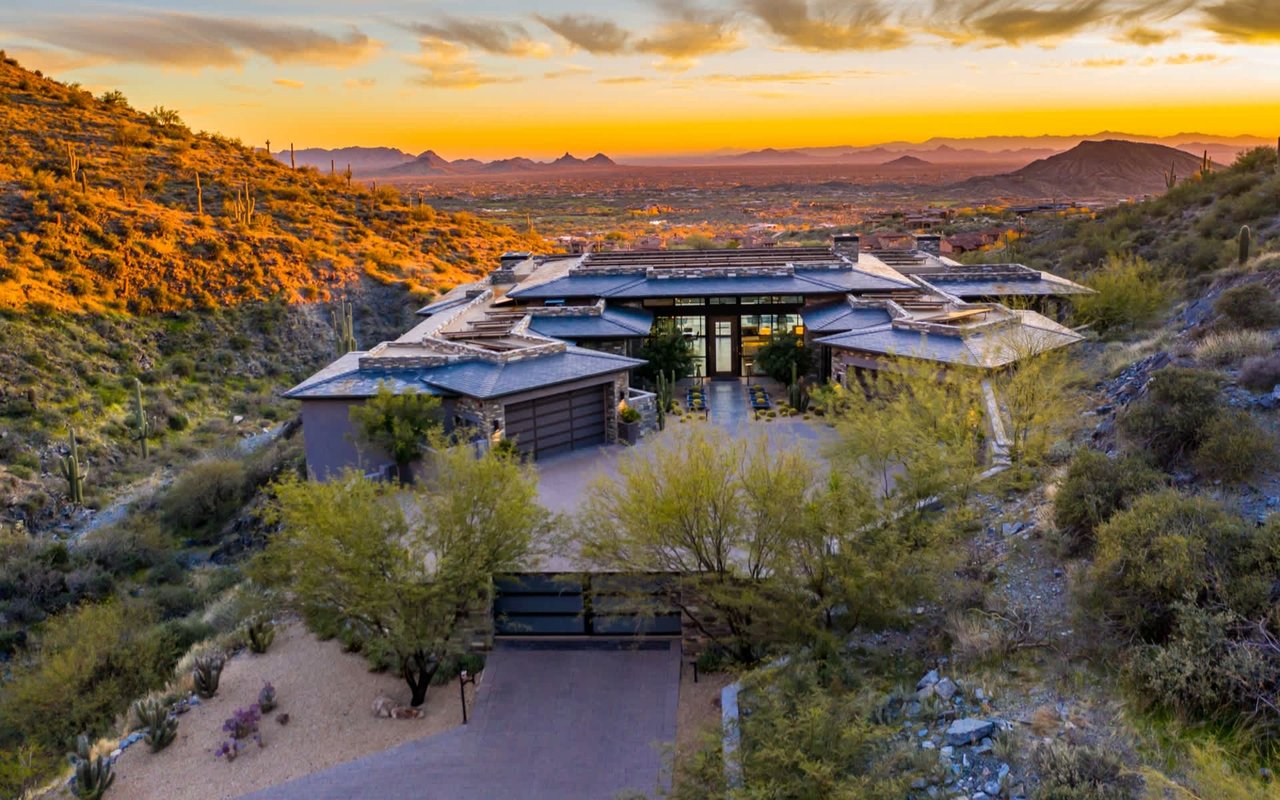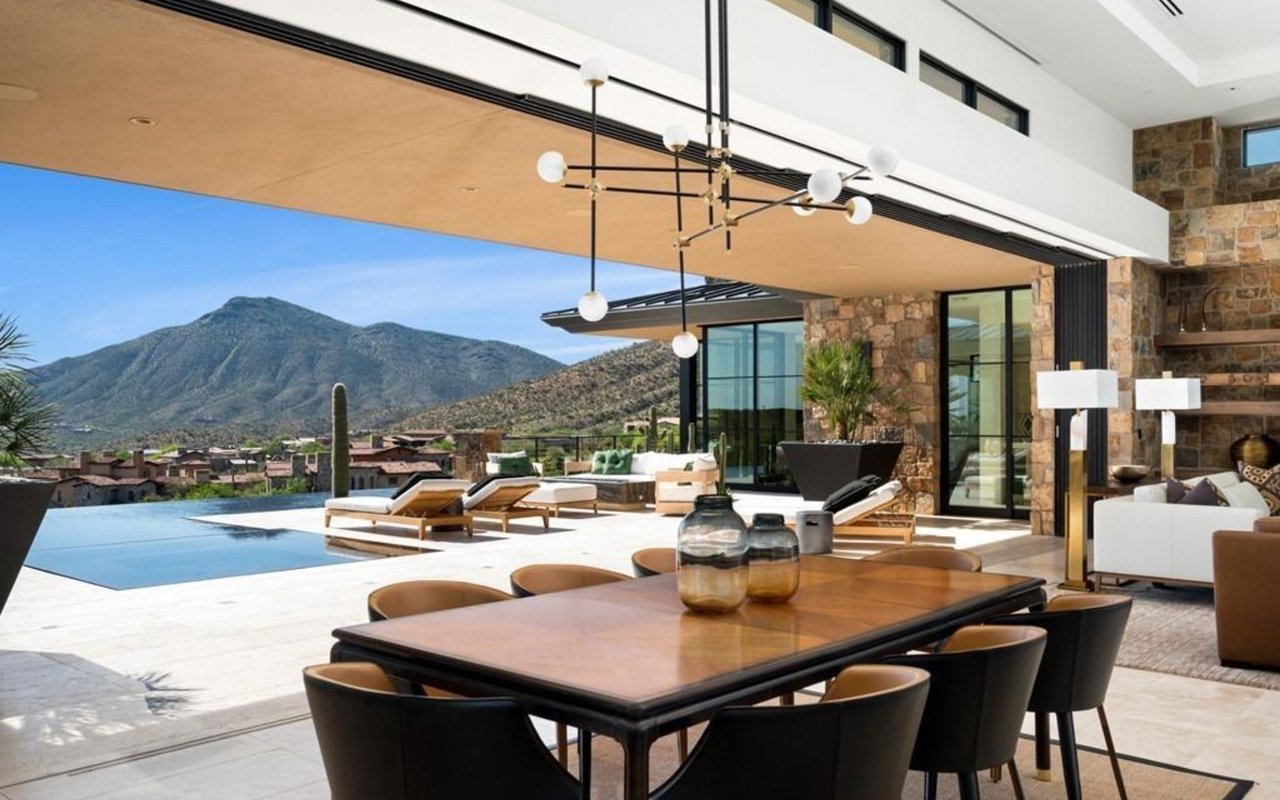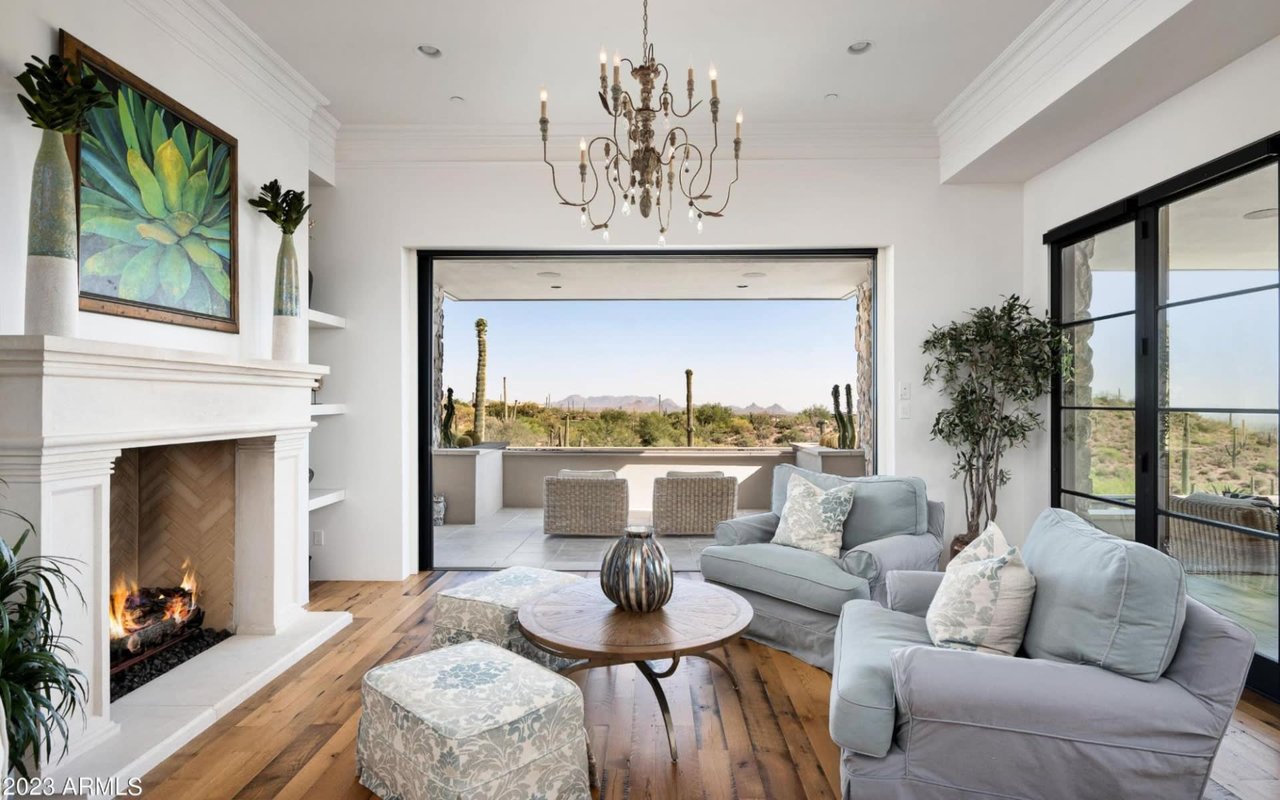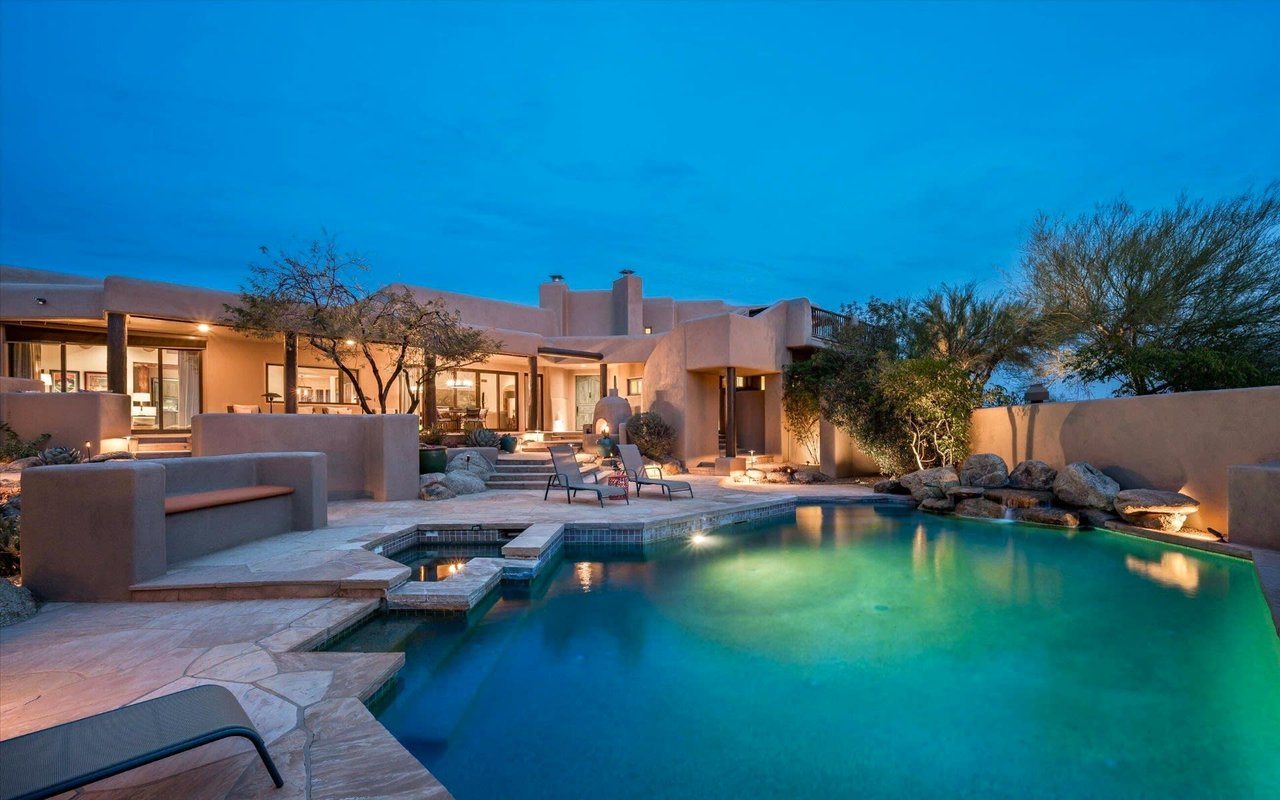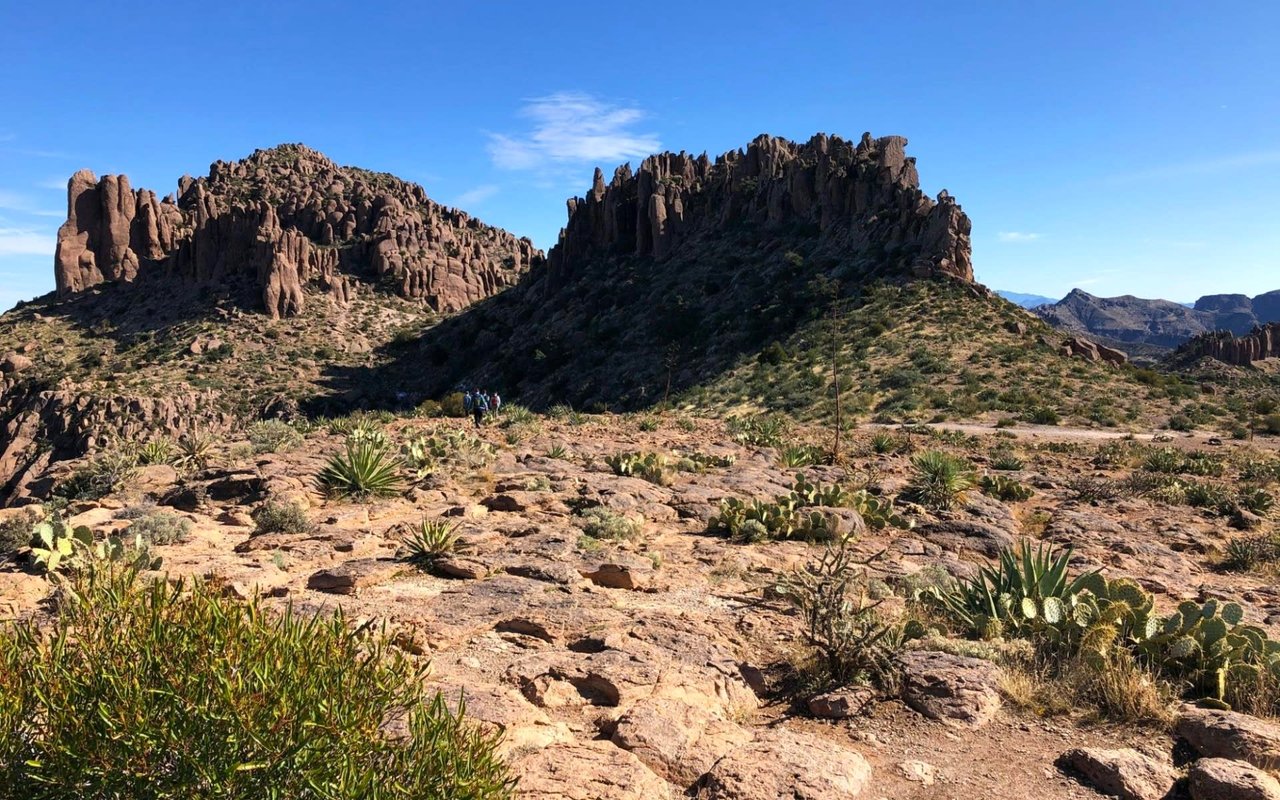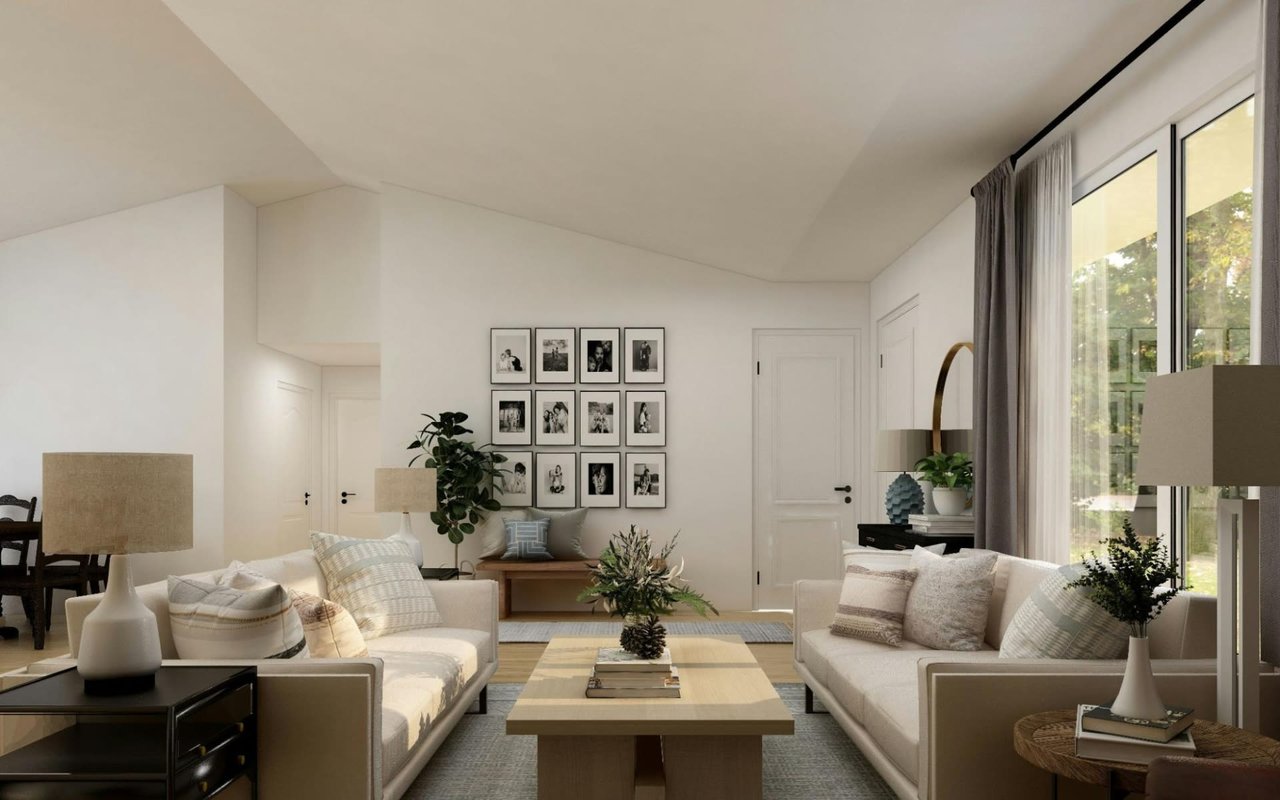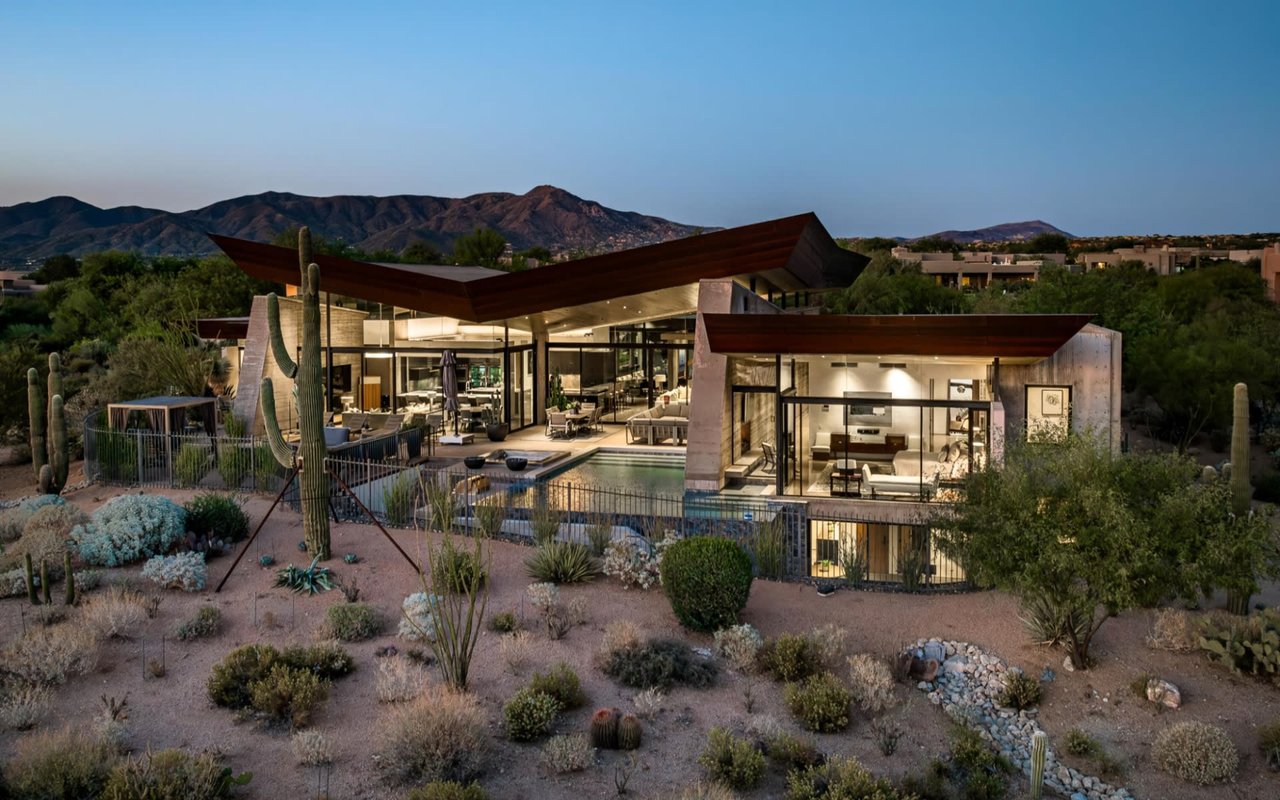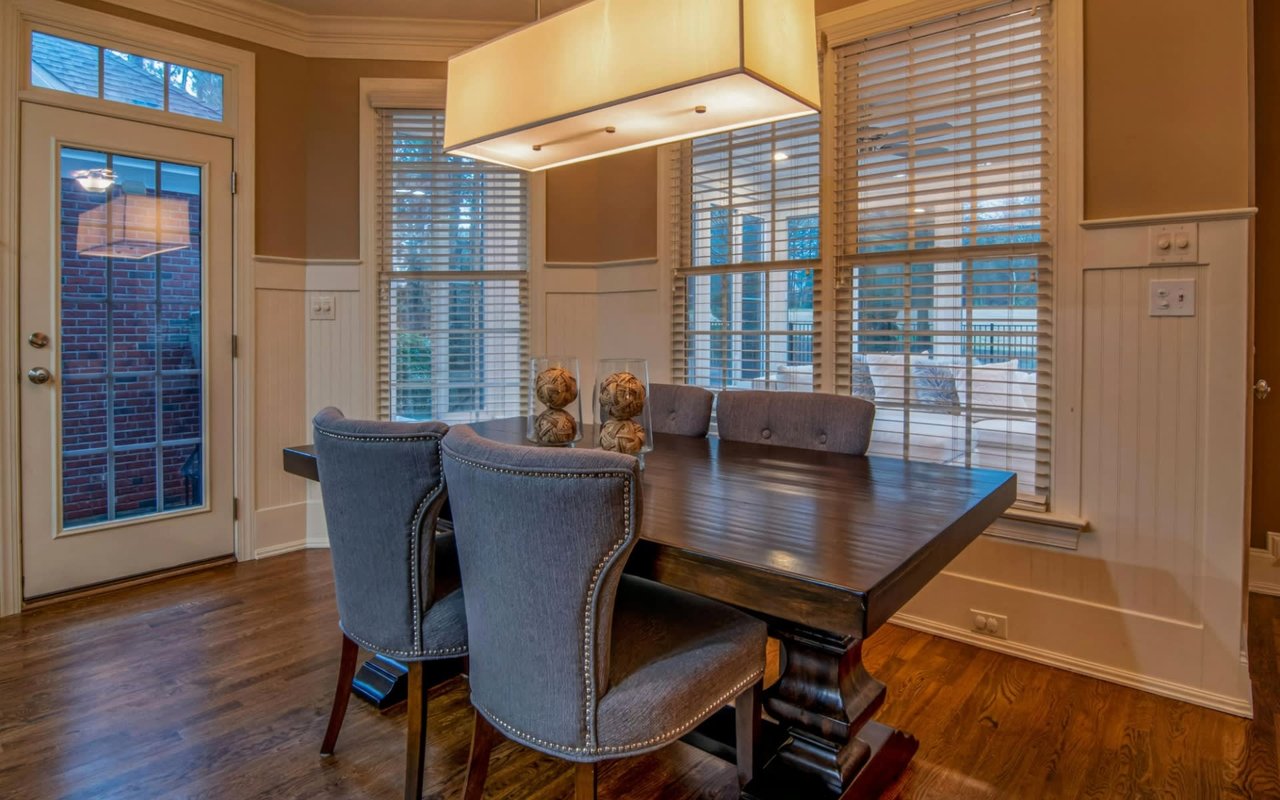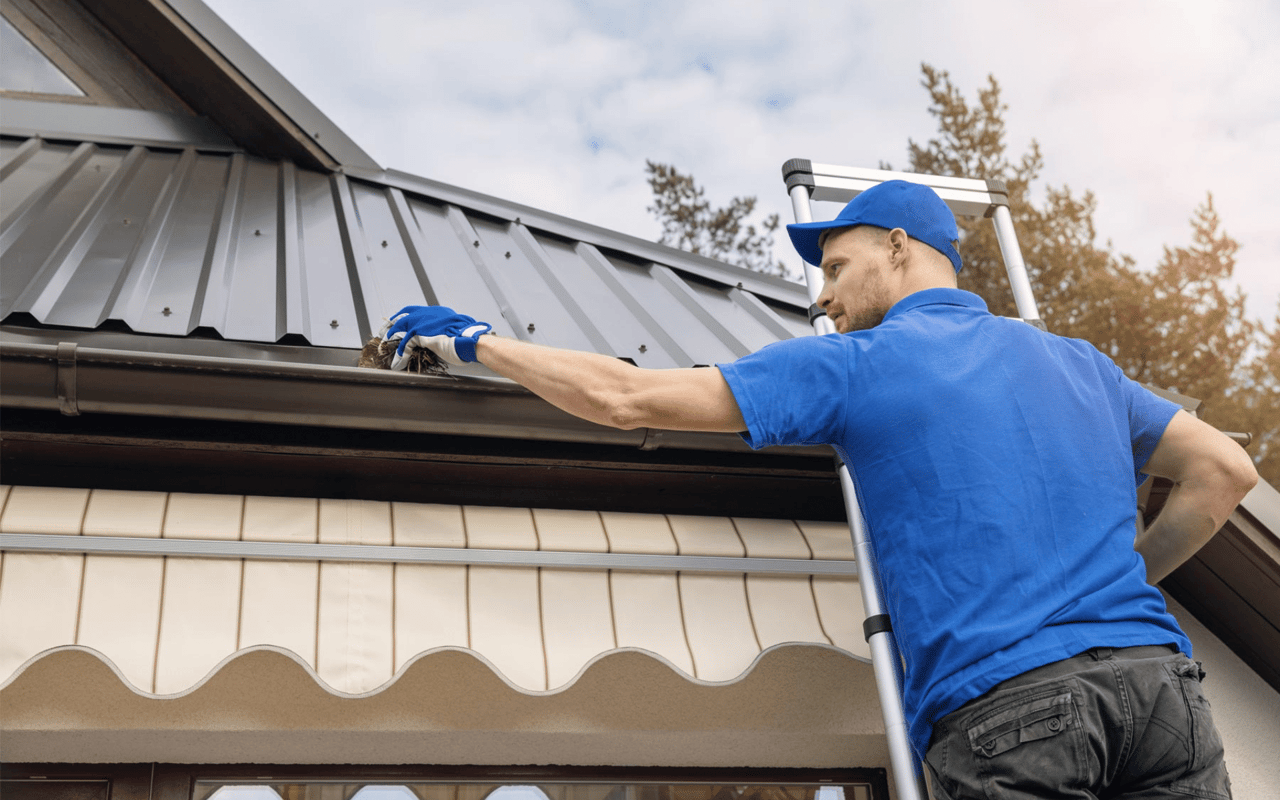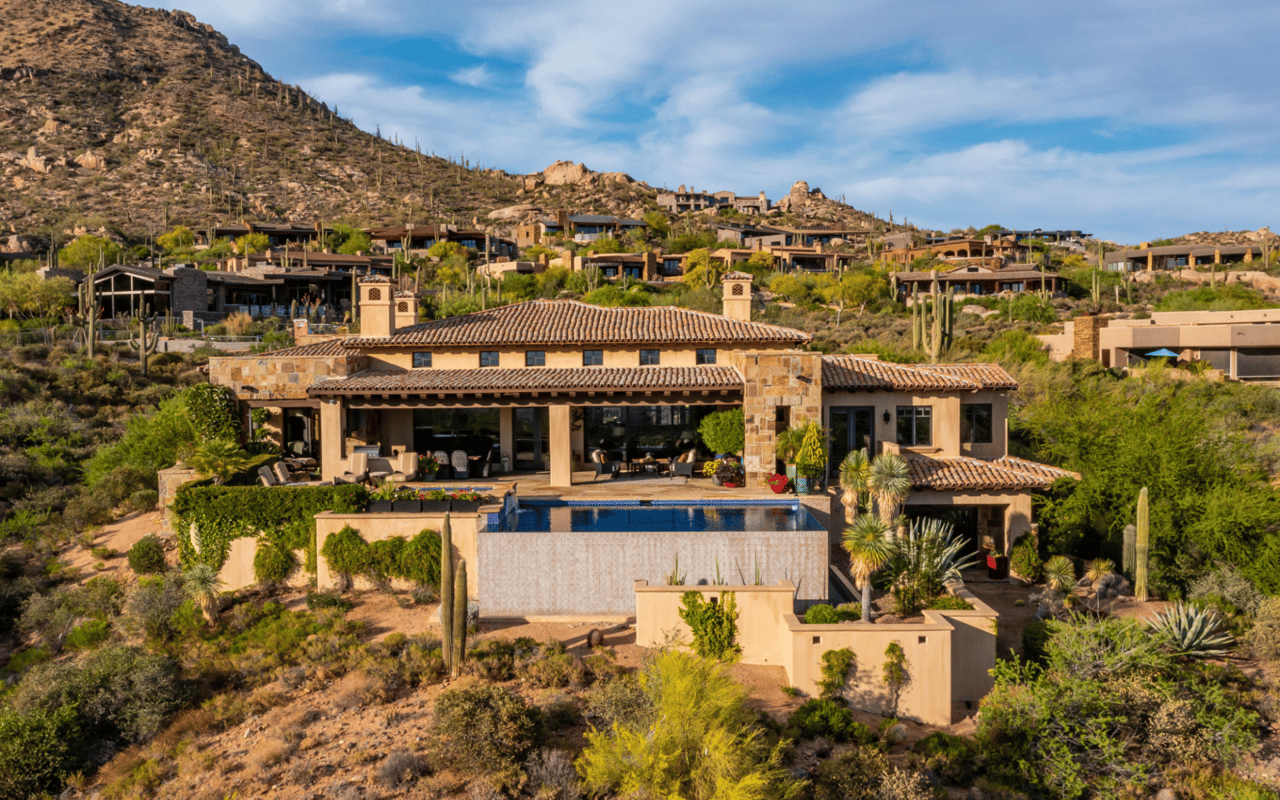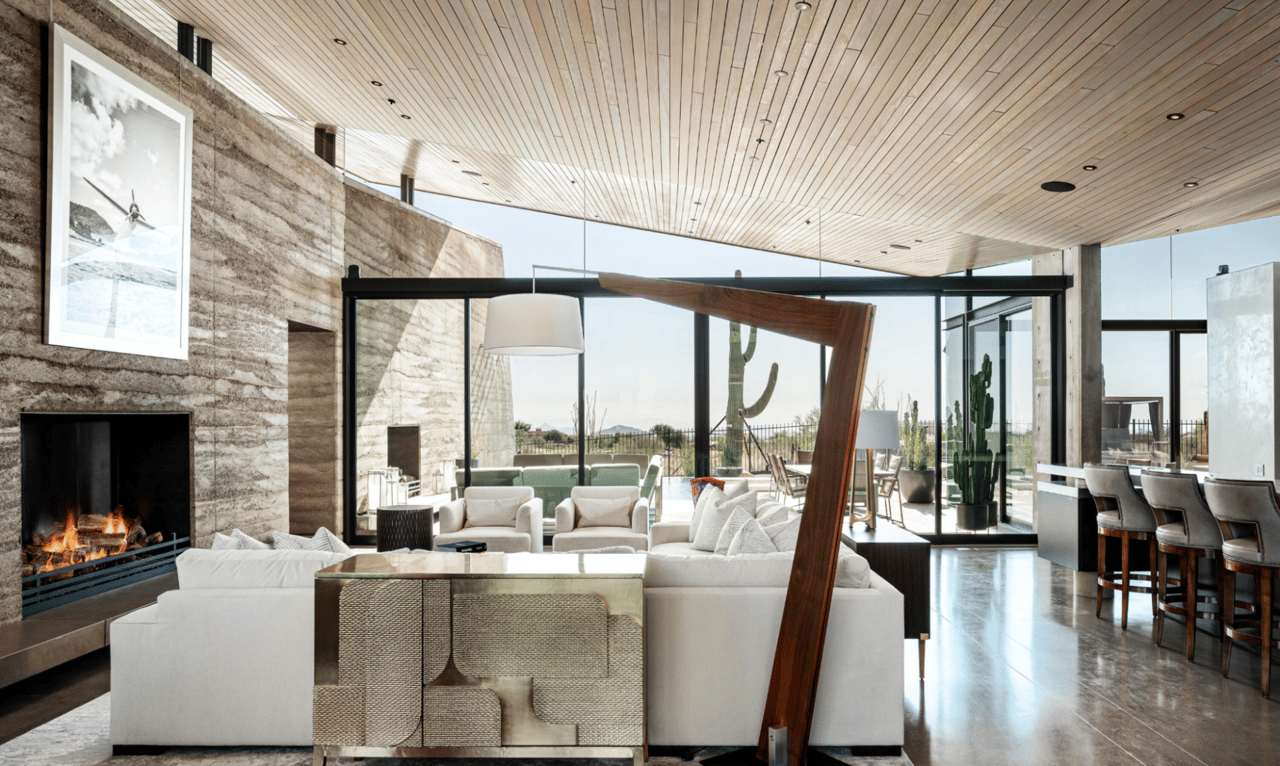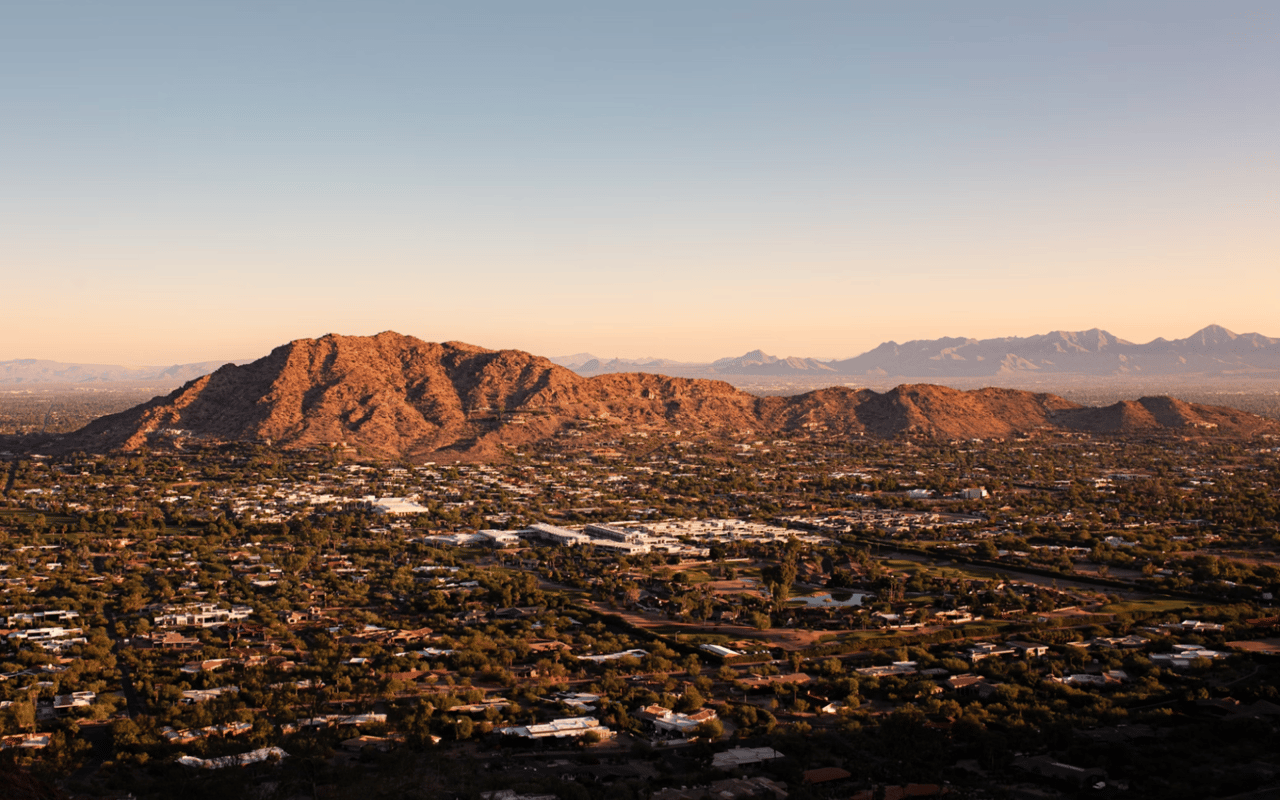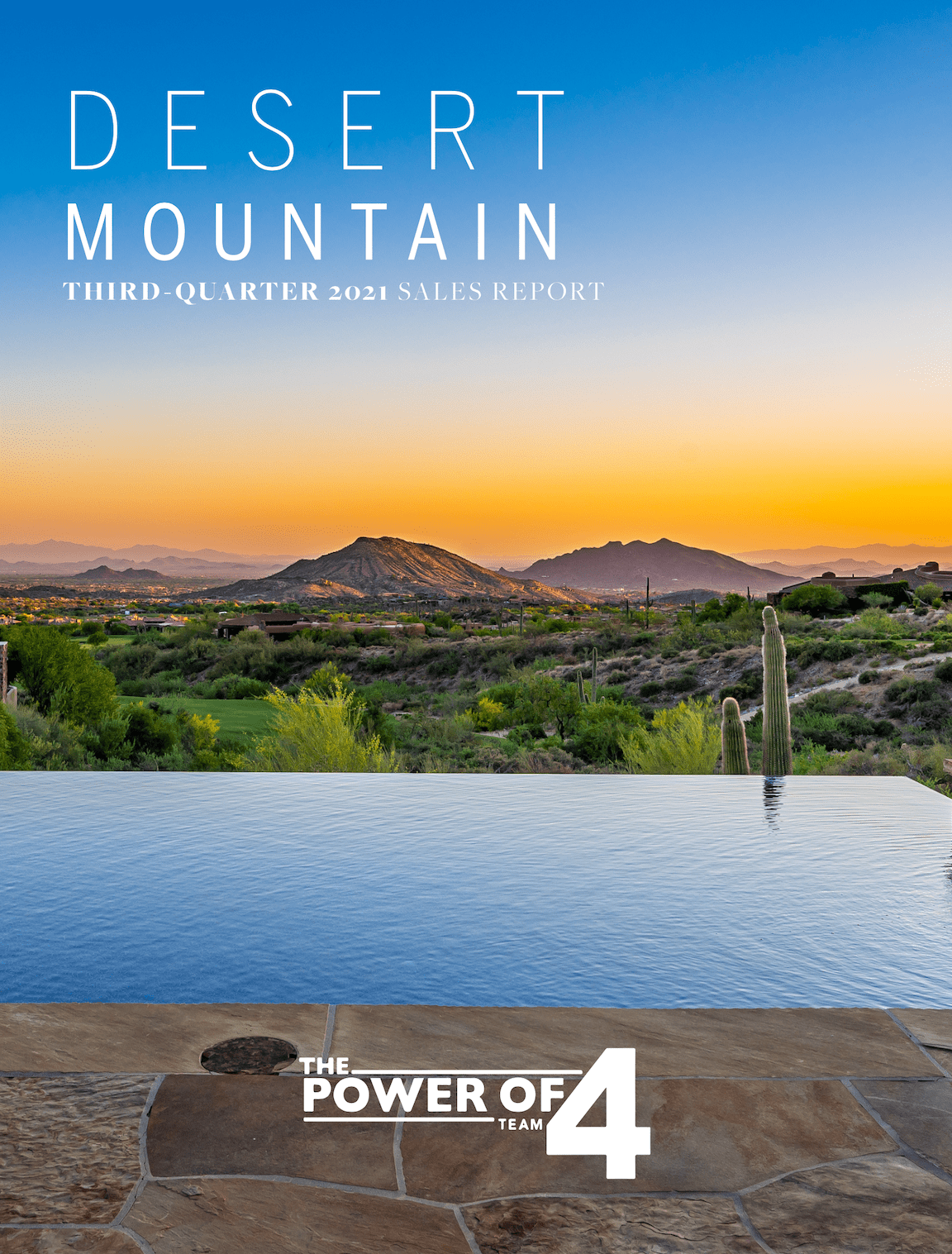When it comes time to look for your next home, every decision matters. Perhaps the most important decision you’ll make is choosing the right neighborhood for you. The lifestyle, average age, family structure, traffic, and property values that you meet in each neighborhood will vary widely, especially if you’re looking at homes for sale in Desert Mountain, AZ. However, you might be wondering: how do you find your perfect neighborhood?
Dozens of factors will play a part when choosing your next home’s location. Where you work, where you send your children to school, and which nearby amenities and stores you visit often will go a long way toward determining what neighborhood is the right fit. Read on to learn more about the top six tips to find your next dream neighborhood.
1. Nearby grocery, pharmacy, department stores, and banks
Consider the type of stores that you find most convenient to you and your family’s daily life. Do you find yourself visiting the local grocery or convenience store regularly? Will you have reason to go to the bank or meet with your attorney frequently? Do you need to run weekly errands at home improvement stores or the local farmer’s market? If so, make sure to choose a neighborhood that provides you with easy access to those locations. You’ll save a lot of money in gas and transportation fees, especially if you need to cross major thoroughfares or toll roads to reach them.
2. School districts
If you’ve got a large family to support or there are a number of children living at home with you, it’s vital to consider the kinds of school districts in your area. You want the best education available for your kids, so it’s only natural to want to seek out neighborhoods with quality schools, whether private or public. When exploring schools in the area, consider the following amenities:
- State test scores and performance levels
- Special programs and AP or college preparatory classes
- Extracurricular programs, especially if you have a need for after-school care
- Sports opportunities
- The activity of local parent-teacher organizations
3. Commute times
You should spend some time with your real estate agent to pore over the expected commute times you may face when moving to a new neighborhood. In some of our country’s larger cities with sizable suburban development, workers can spend upwards of two hours daily on the road going to and from work. In most cases, homeowners will want to spend as little time as possible commuting.
Consult with your employer to see if work-from-home options are available, especially if the commute times are too long. If that’s not possible, look for neighborhoods that provide access to reliable public transit, such as a subway, light rail, or train.
4. Special amenities nearby
Choosing a good neighborhood for you and your family to live in isn’t all about minimizing commute times and ensuring you’re as close as possible to necessary amenities like grocery stores. You also want to take a look at the parts of your neighborhood that contain cultural centers that will make you feel at home and sociable.
Restaurants and entertainment districts are just two offerings you should investigate. What kind of cuisine do chefs in your area specialize in? How many theaters, farmer’s markets, or local fairs and block parties make up the landscape? Have any new dining spots opened up recently? Are there plans in the works to bring in more exciting cultural hotspots into the area? Ideally, you’ll want to look for neighborhoods that have a vibrant commercial district, especially if you enjoy strolling downtown, shopping at locally-owned businesses, or gathering with friends and family over brunch and dinner.
5. Green space, parks, and outdoor recreation
Most homeowners want to live in areas that allow them to get out in nature. Even if you’re eyeing property in the most heavily populated parts of town, you'll want to ensure your neighborhood is close to parks, fields, and various other recreational spaces, such as community centers.
Talk with your agent about the available green space in your neighborhood. Suppose you’re searching for homes for sale in Desert Mountain, AZ, in the dead of winter. In that case, it may be hard to gauge just how verdant the area’s green spaces are, so be sure to talk with your real estate agent about the neighborhood’s unique outdoor amenities, whether it be a park, walking path, bike trail, or outdoor sports facility.
6. Look closely at the geography
One aspect of a neighborhood that many prospective homeowners overlook is its topography and landscape. However, this is highly important, as you’ll be sharing this area with others.
Geography is a major factor to keep in mind when house searching. Homes situated on the crest of a significant slope in the city will command higher property values than those nearby, but you may face difficulties with your lot’s personal landscape, as you’ll likely have little flat areas.
Earthquake risks and forest fires are also some of the natural variables you’ll need to factor into your search. Check out the condition of the roads near the property, too. Does your local municipal government repair them regularly, or can you expect issues further down the line? Discuss your concerns with your agent before looking at homes for sale in Desert Mountain, AZ, so you can be better prepared when you find a home you love.
Get in touch with a local real estate agent today
Are you eager to become a part of the Desert Mountain community? Do you want to cash in on the top-rate amenities the area’s neighborhoods have to offer? If so, get in touch with the real estate specialists at POWER+. They’d be happy to answer any questions you have, provide recommendations on neighborhoods that meet your lifestyle needs, be your guide during negotiations, and help you move into the home of your dreams. Contact them today!
